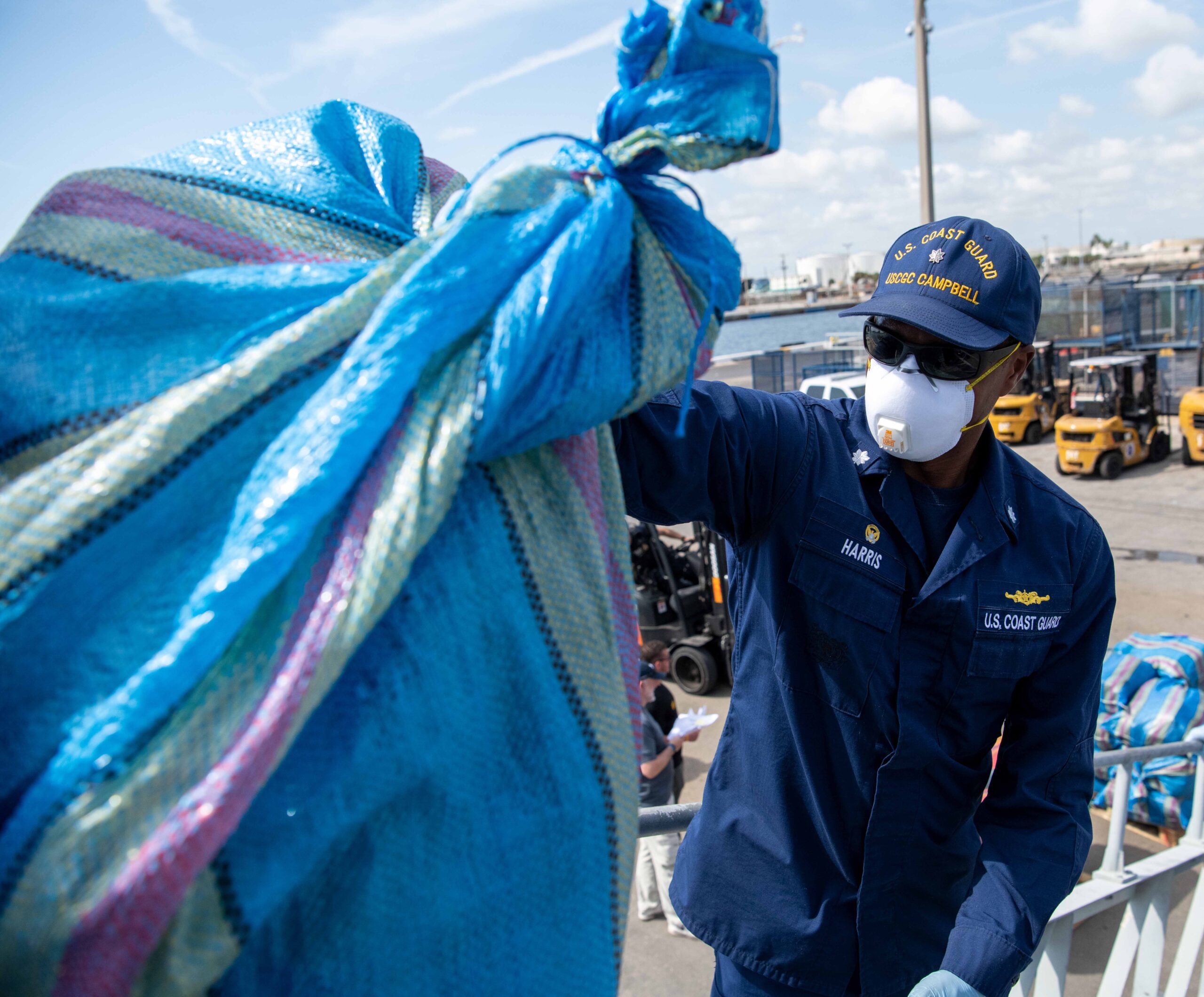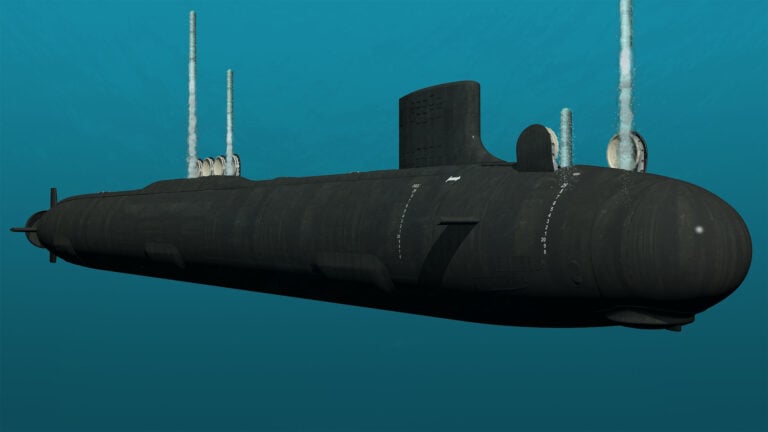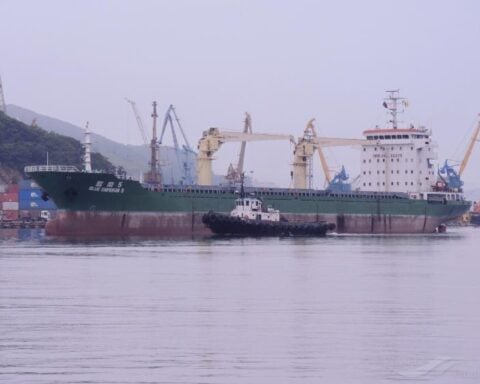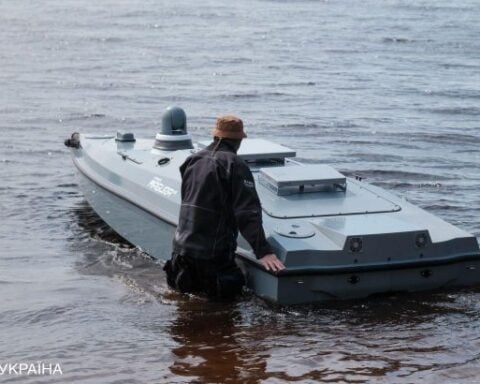
Drug interdiction needs to focus on criminal networks and not on a single commodity, like fentanyl, the deputy director of Joint Interagency Task Force –South said Wednesday.
“The next thing will be just as bad” as fentanyl if the networks aren’t targeted, Navy Rear Adm. Larry LeGree said at the Center for Strategic and International Studies event.
He added that transnational narcotics trafficking “is a wicked problem” because conditions constantly change.
As criminal organizations adapt their routes and means of delivery, LeGree said, “You have to fight networks with networks” to keep pace with their activities. Otherwise, there is a “balloon effect,” where law enforcement pressure in one area only increases illegal activity in another sector.
Cocaine and fentanyl trafficking to Europe may be on the rise because “hard targets get harder,” and importing drugs to the United States has become increasingly difficult. Traffickers were taking advantage of historic and colonial ties between Europe and the Caribbean and Central and South America. Adding to the attractiveness of Europe was its large number of modern container ports.
France, the Netherlands and the United Kingdom still control territories in the Caribbean and France in South America.
The new “center of the storm” for narcotics distribution includes Ecuador, Venezuela, Suriname and Guyana. Coca, the base of cocaine, is grown mainly in Colombia and the Peruvian and Bolivian Andes.
LeGree said interdiction is up, but so is coca production.
LeGree said shipping containers are “the bread and butter of globalization.” The same is true in narco-trafficking. “Every one [of those containers] has a different bill of lading” as to what’s inside and final destination.
Only through digitization and professionalization of staff in ports where container ships call “can we see the anomalies” indicating narcotics might be aboard. Those two goals are challenging for a number of Caribbean and Central American nations, he said.
“You can send a lot of drugs in containers. …You’re not getting hundreds [of pounds]; you’re getting metric tons” either being distributed or seized. LeGree also said that because ports have priorities for unloading vessels, ships carrying perishable fruits or vegetables “are good targets to put things in.”
The trafficking to Europe “is analogous in scale to the United States,” LeGree said. He added the European Union’s Maritime Analysis and Operations Center, based in Lisbon Portugal, says the flow of cocaine eastward across the Atlantic is increasing.
“We tend to do more of the intel side,” LeGree said. The center, formed in 2007, recently added Belgium and Germany to its operations.
Antwerp, Belgium is one of the world’s largest container-handling ports.
LeGree said “we have to reach across the Atlantic” in these operations. The Key West-based task force also has responsibilities in the Pacific. “But the first order is to the United States” in countering illegal narcotics.
Noting “there’s always something coming back” in transnational drug trafficking, LeGree said, “generally it’s money.” But he added that partners in the Caribbean and South America where the coca is grown and distributed are concerned about guns flowing into their nations as well as the money that can be used to corrupt police, courts and elected officials.
Even with better intelligence, surveillance and reconnaissance, “there are not enough ships in our Navy [or]… in our Coast Guard” to completely cut off drugs entering the United States. In addition, “ships are hard to keep at sea [and] they are expensive,” he said.
Partners also are feeling the cost of these operations. LeGree said air hours are down 18.8 percent and ship days 25 percent.
Fentanyl poses a different problem since it is composed of compounds that come from a variety of sources and equipment used to manufacture it can have other uses.
LeGree estimated that there are 25 to 30 major movements of narcotics daily, and did not contest that about 10 percent of what’s being shipped is seized. He added “we don’t know what the denominator is” to accurately gauge seizures versus narcotics shipped.
The JTFIA-South seizes about 40% of the drugs seized globally. He added allies and partners account for 80% of the remainder.
“We have the best and brightest working with us side-by-side” in Key West and at sea, LeGree said. In the air there could be “10 or 11 different handoffs” while tracking a vessel before stopping and boarding it, he added.
“Our partner nations … they’re gamers.”





